Have the engines led us to lose our respect for the elite GMs?
Alexander Grischuk and Ding Liren sat opposite each other in the fifth round of the World Cup 2019. In their first game after 13 moves, Grischuk made a move that led the engines to give an evaluation of nearly -3 points. It was almost as if he had blundered a piece. Ding Liren after thinking for a long time replied with a move that let his opponent off the hook without any problems. On social media as well as in live commentary one could see the viewers and the kibitzers saying things like these top players aren't as good as their ratings suggest, they always keep making blunders and so on. Is this really the case? Has the level of chess gone down, or are the viewers armed with engines being unjustifiably harsh? In this article IM Sagar Shah looks at the Grischuk vs Ding Liren position in depth and makes some observations.
The fifth round of the World Cup 2019 saw an explosive match-up. Alexander Grischuk was pitted against Ding Liren. While Ding Liren's rating (2811) shows that he is the stronger player as compared to Grischuk (2759), the Russian GM is known to do well in knock out events and in general is an extremely deep player. Everyone who knows Grischuk well, knows that he comes regularly under time pressure because he likes to think about his moves and options in great depth. Ding Liren on the other hand is a pragmatic player who manages his time well.

Something very interesting happened in the first game of the match. 13 moves had been played in a well known line of the Catalan and this is the position that was reached:
Grischuk vs Ding Liren, Round 5.1
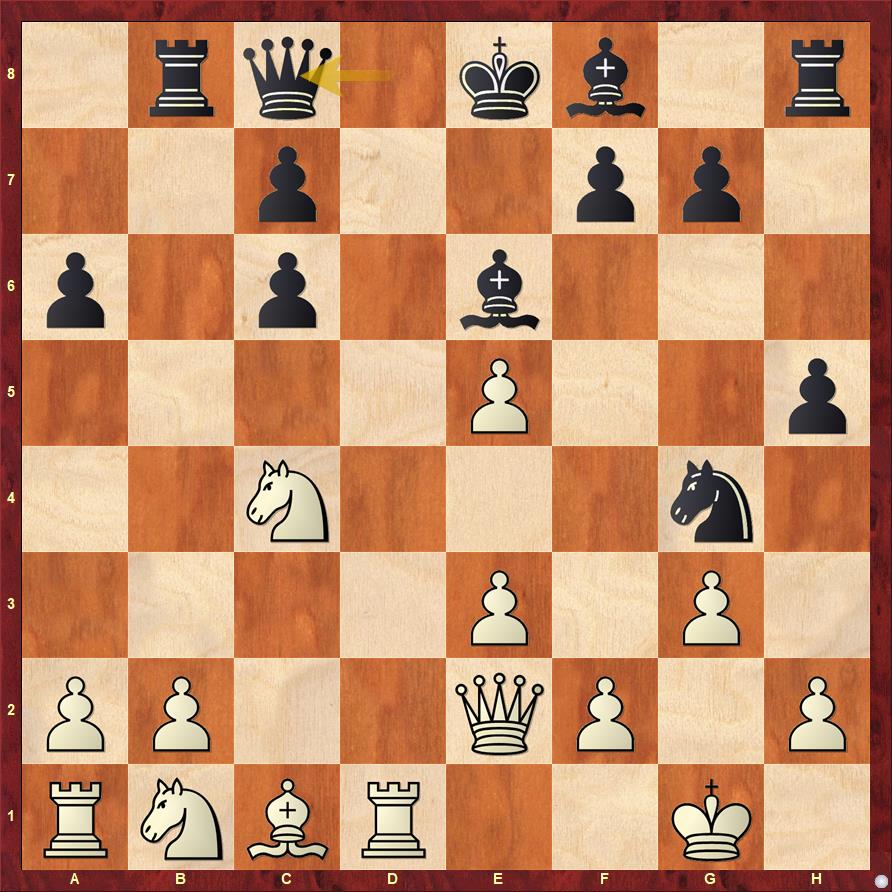
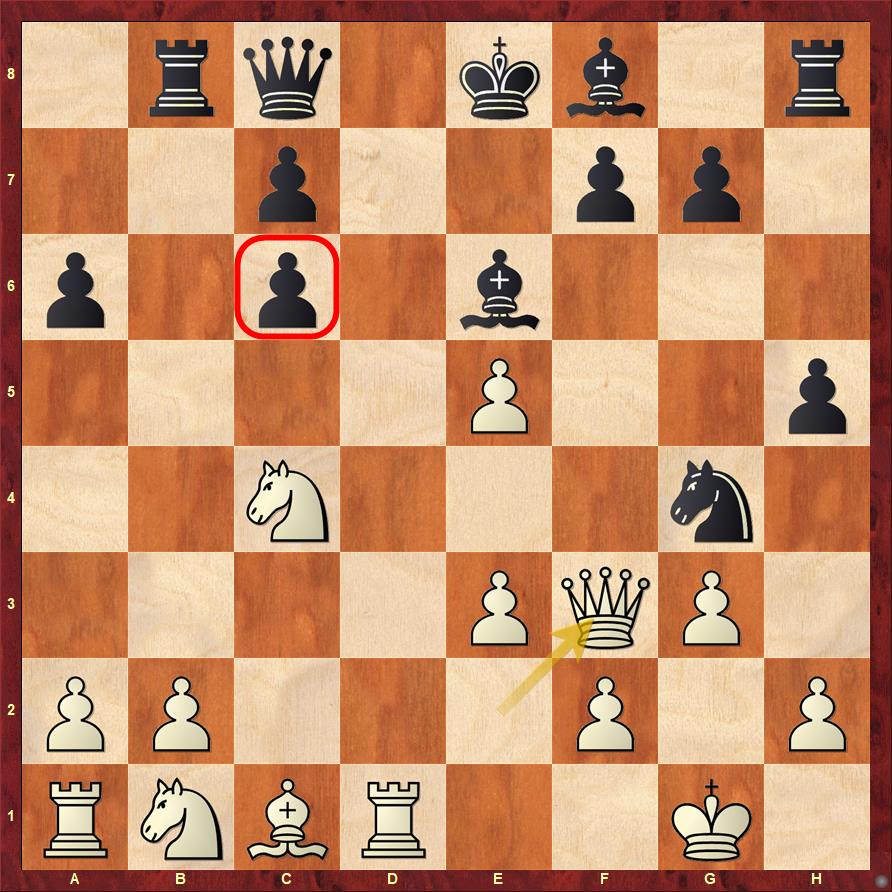
The kibitzers who were watching the games online immediately started to comment on social media about what a big blunder Grischuk had made.

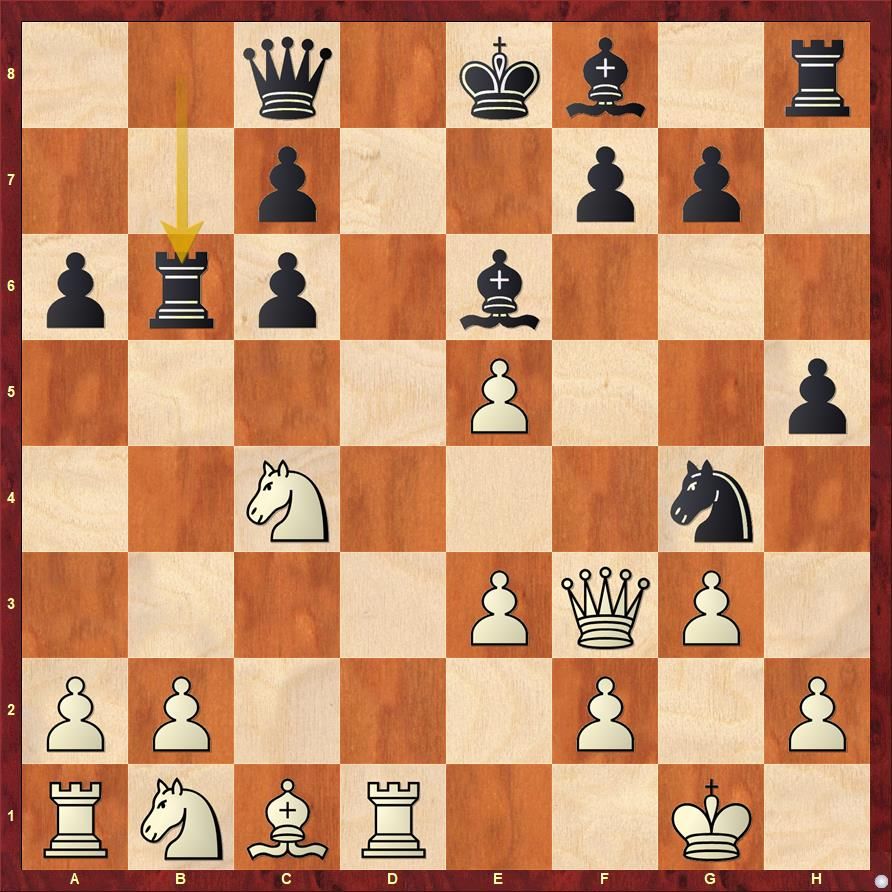


Mistakes can be classified in two categories - there are simple blunders and there are variations so deep that even the top players are unable to calculate them. This one clearly falls in the second category. Let me explain as to what I mean by this.
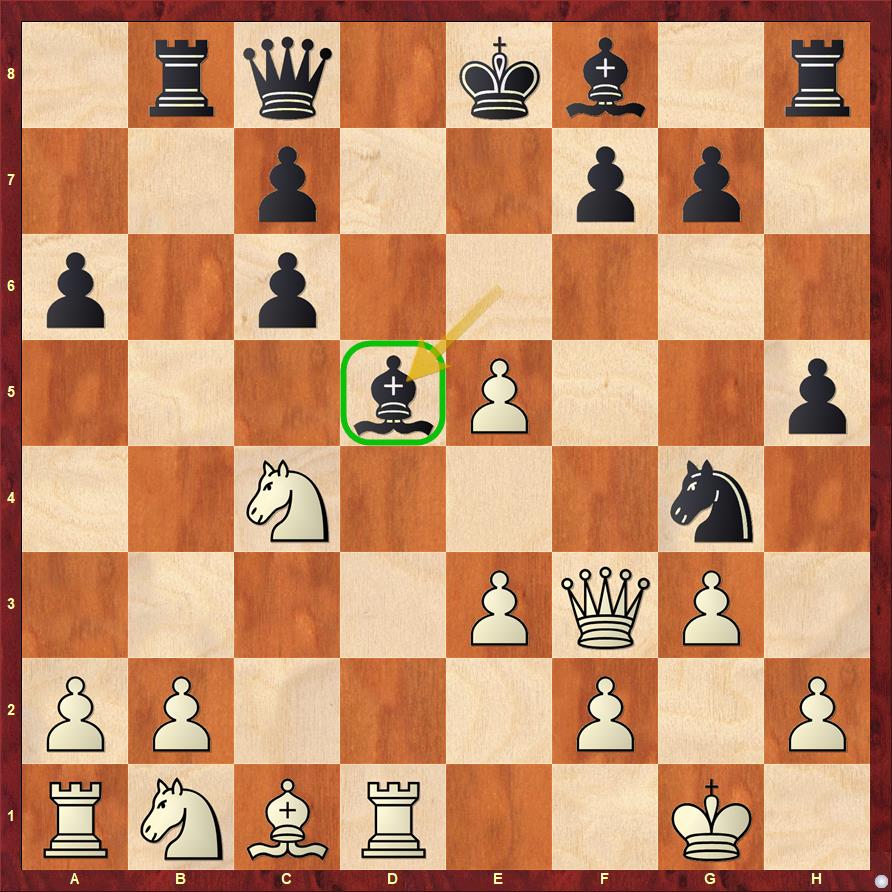
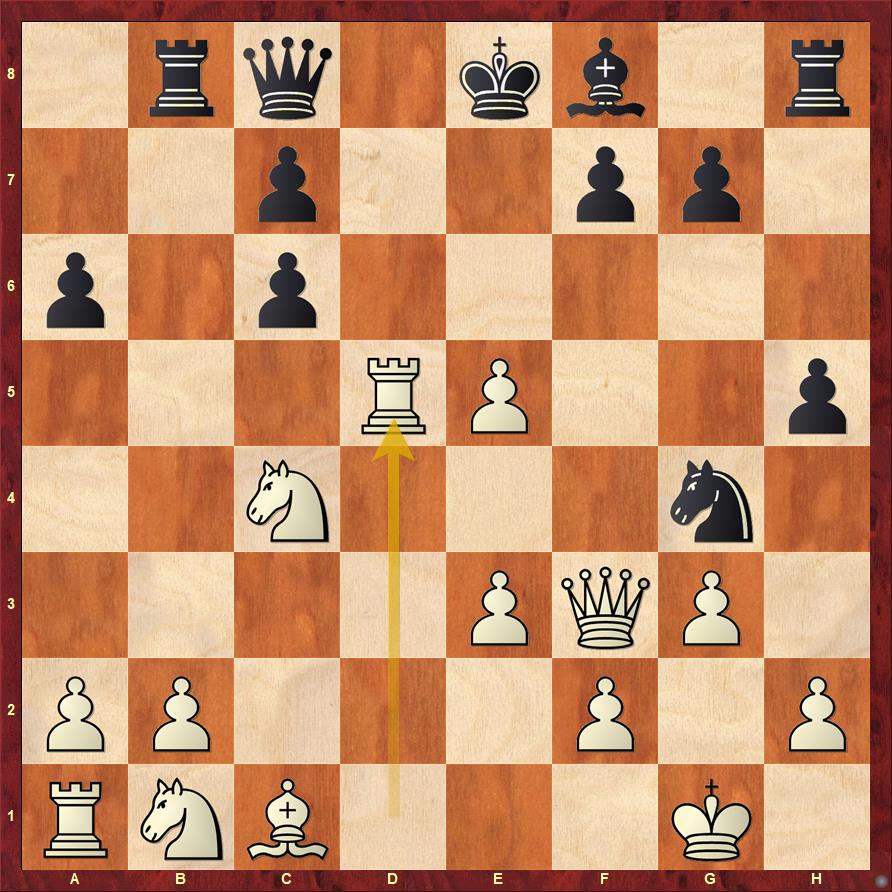
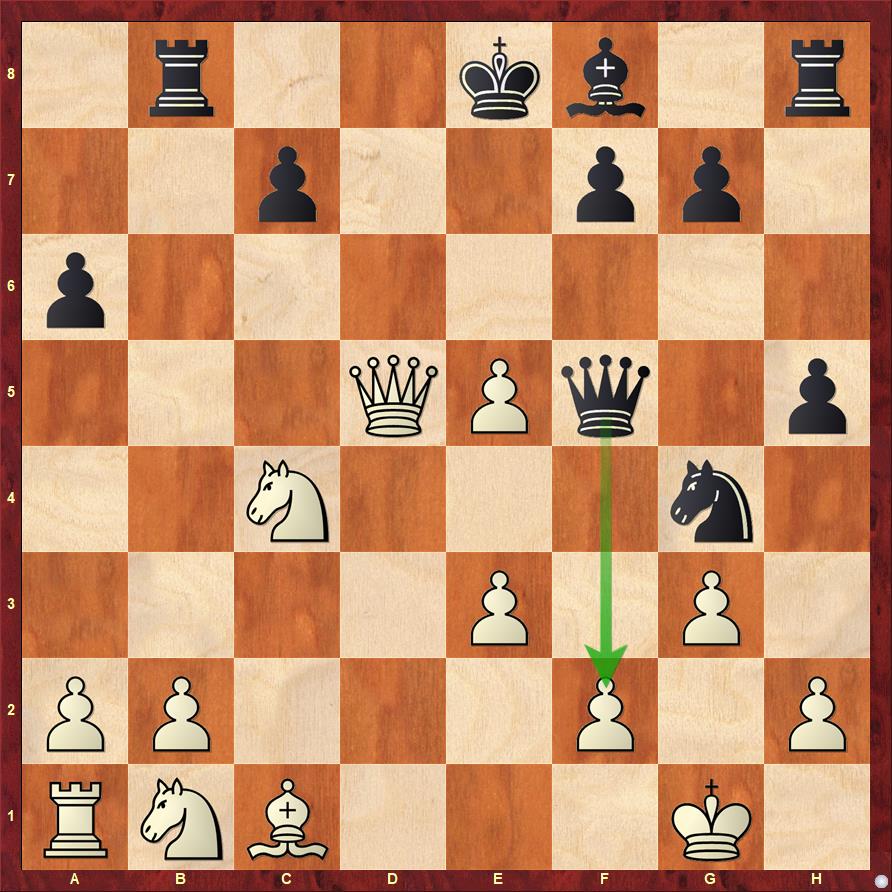
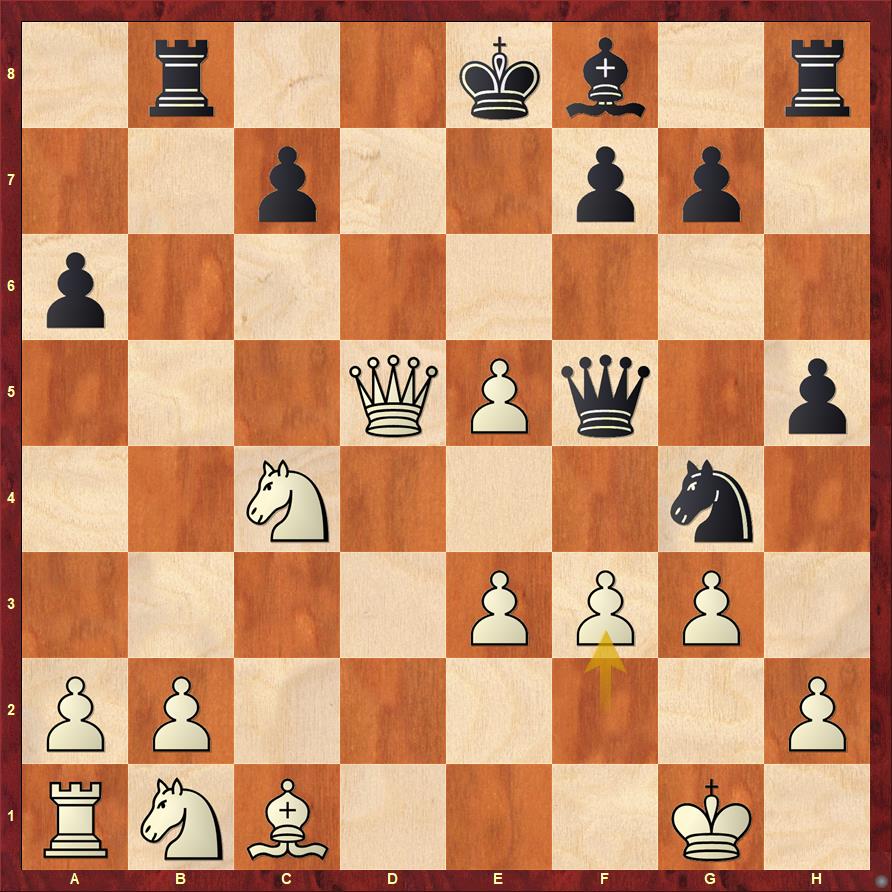
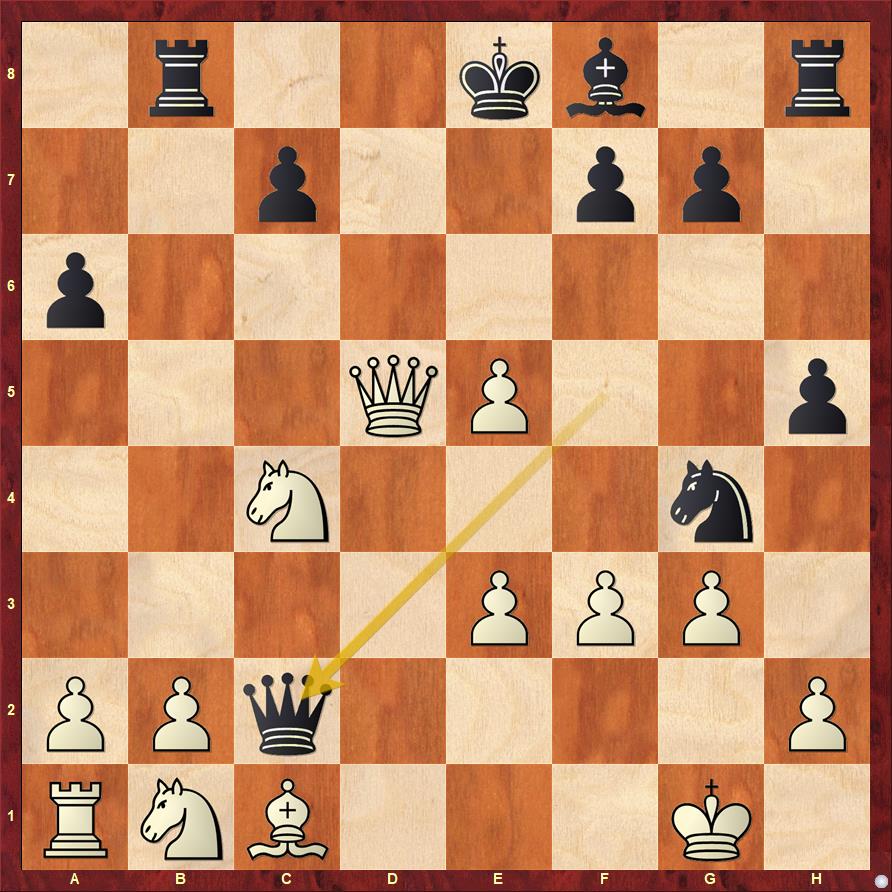
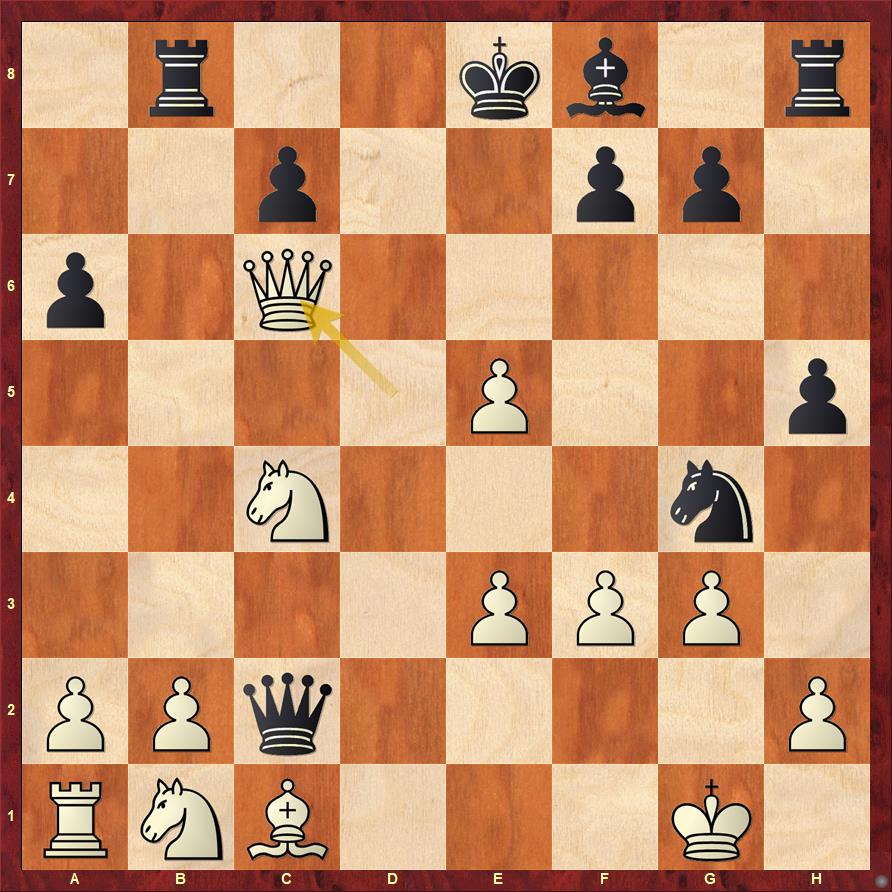
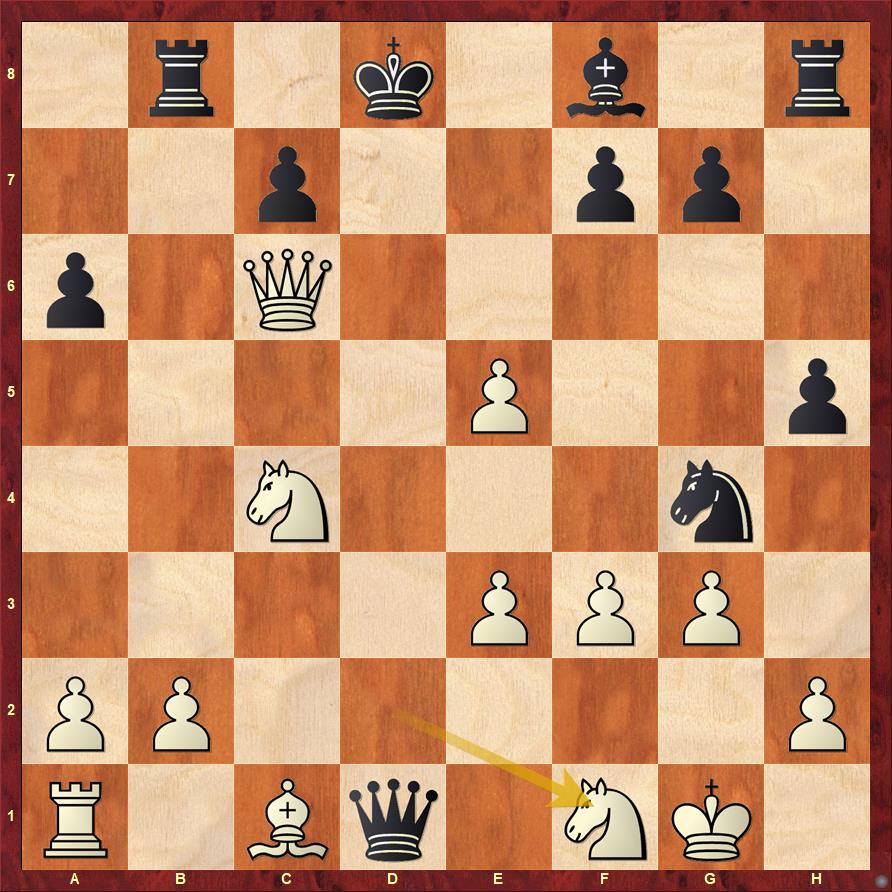
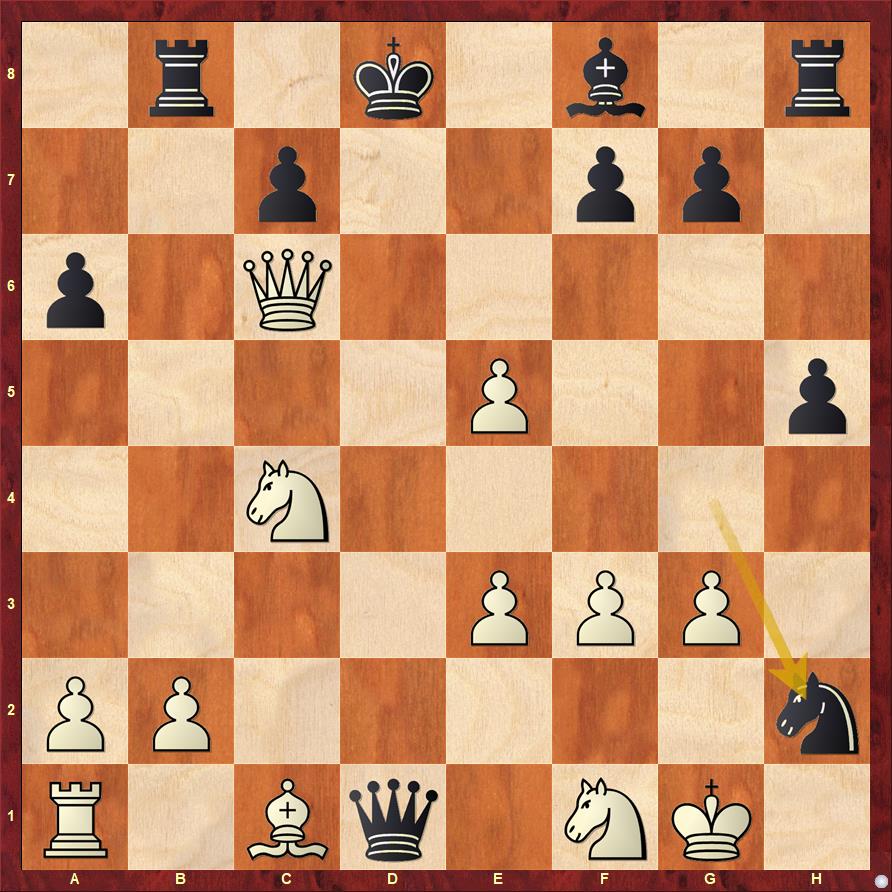
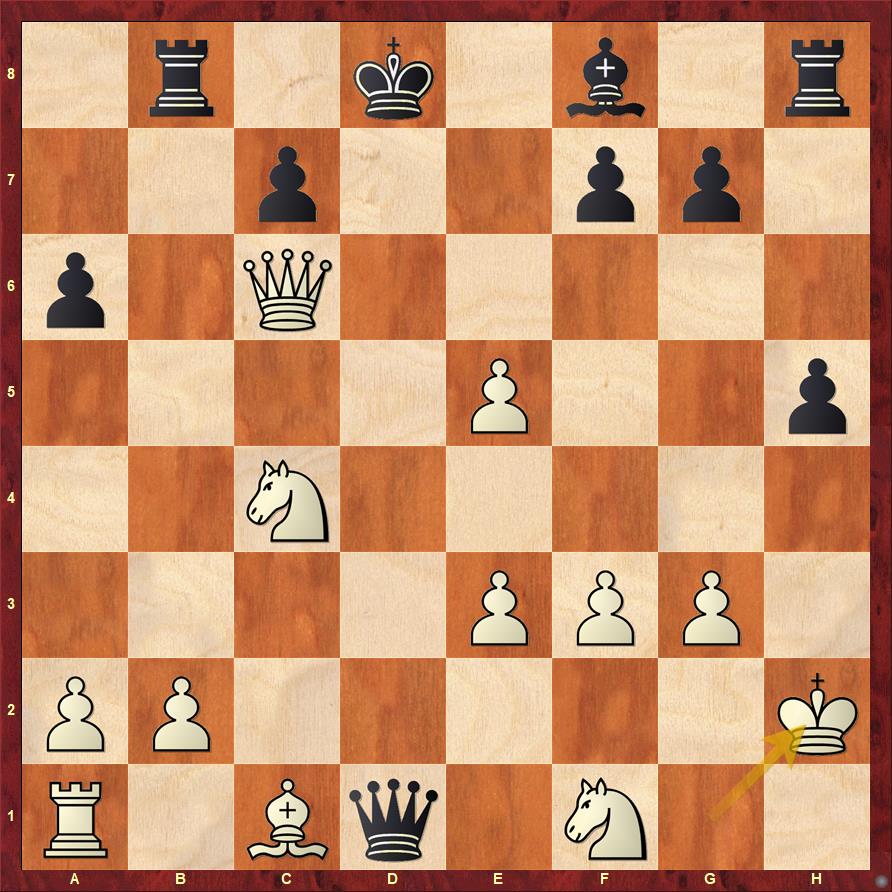
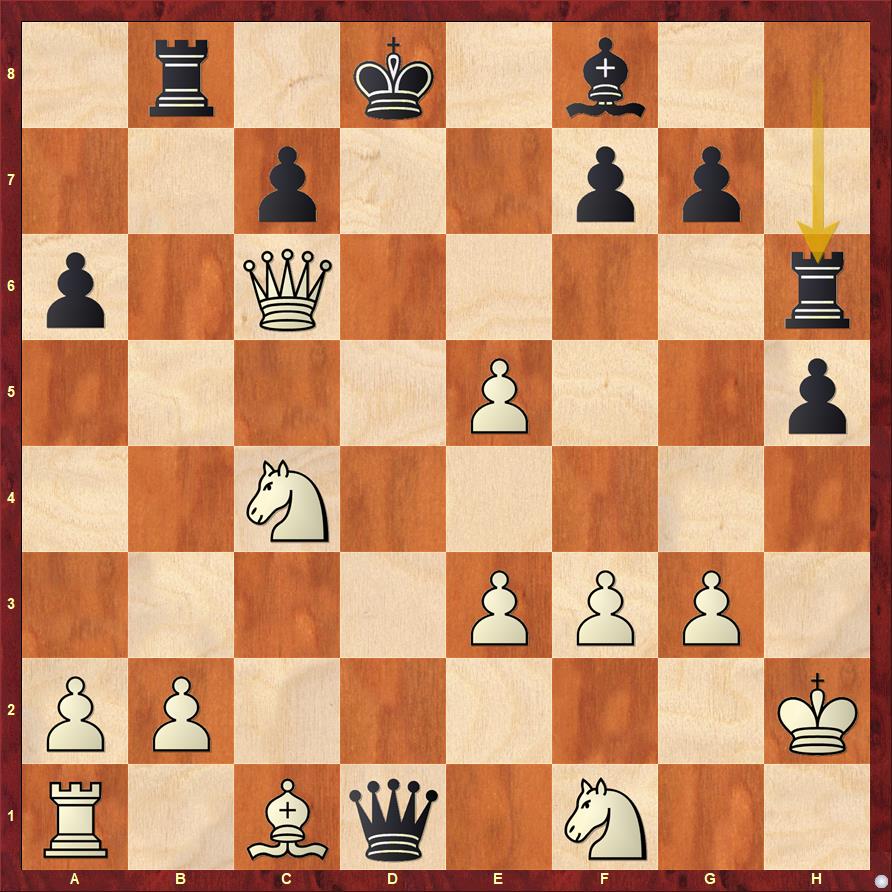
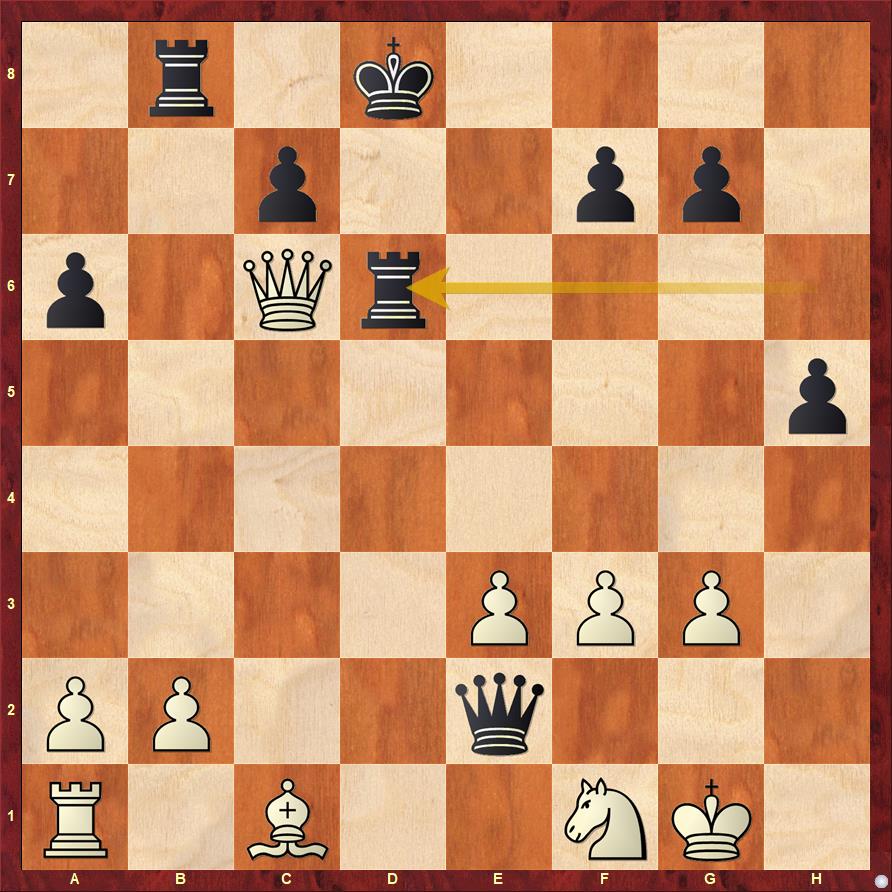
So many pitfalls, so many complicated variations and so many ideas had to be seen if Black had to go for this winning line. Of course, for the viewers armed with an engine, this is really not a problem. But for the players who have to figure out everything on the board, without even knowing what the evaluation of the position is, this is extremely difficult.

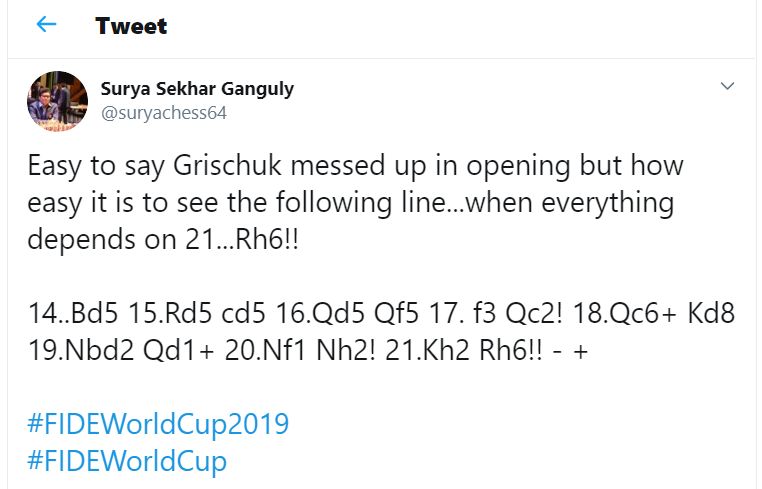
Perhaps after all of the analysis, we as viewers and kibitzers would not be as brutal to say that Grischuk made an easy blunder with 14.Qf3 or Ding Liren missed a simple win after 14...Bd5.
I would like to recount one incident from my experience here. I was playing at the Qatar Masters Open 2015. It was the second round and Harikrishna was pitted with the black pieces against Nino Batsiashvili. The Georgian top women's player had already pulled off a big upset in round one by drawing against Magnus Carlsen. Harikrishna, being her second round opponent, decided to play risky chess in order to create winning chances. They reached this position:
Batsiashvili vs Harikrishna, Qatar Masters Round 2
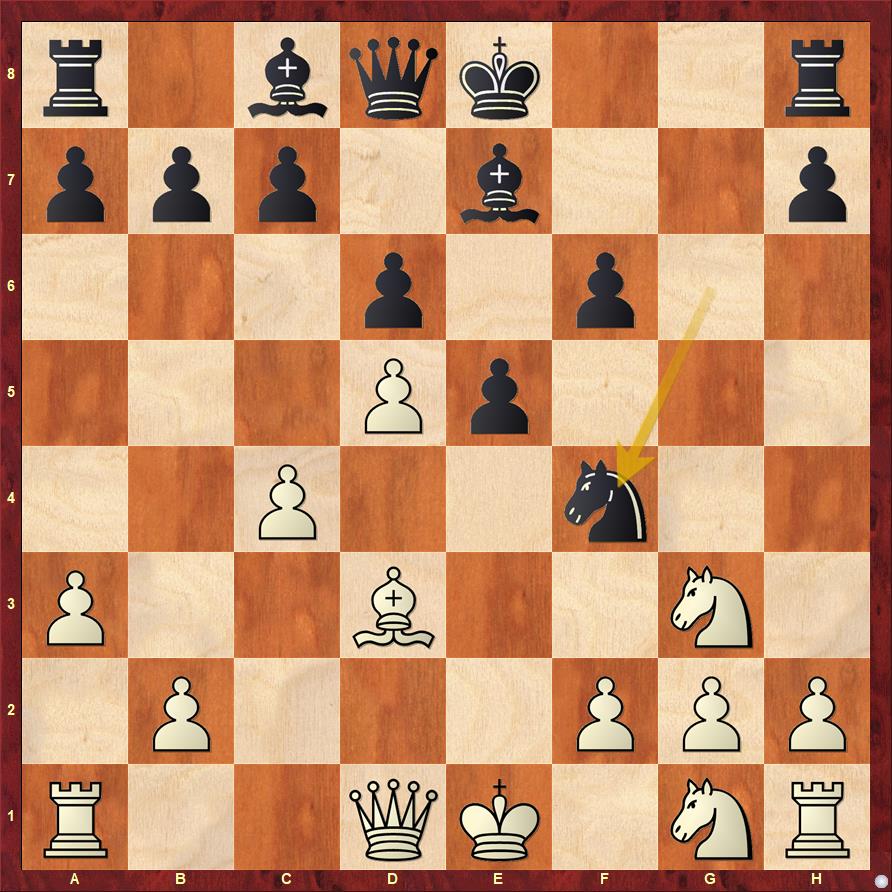
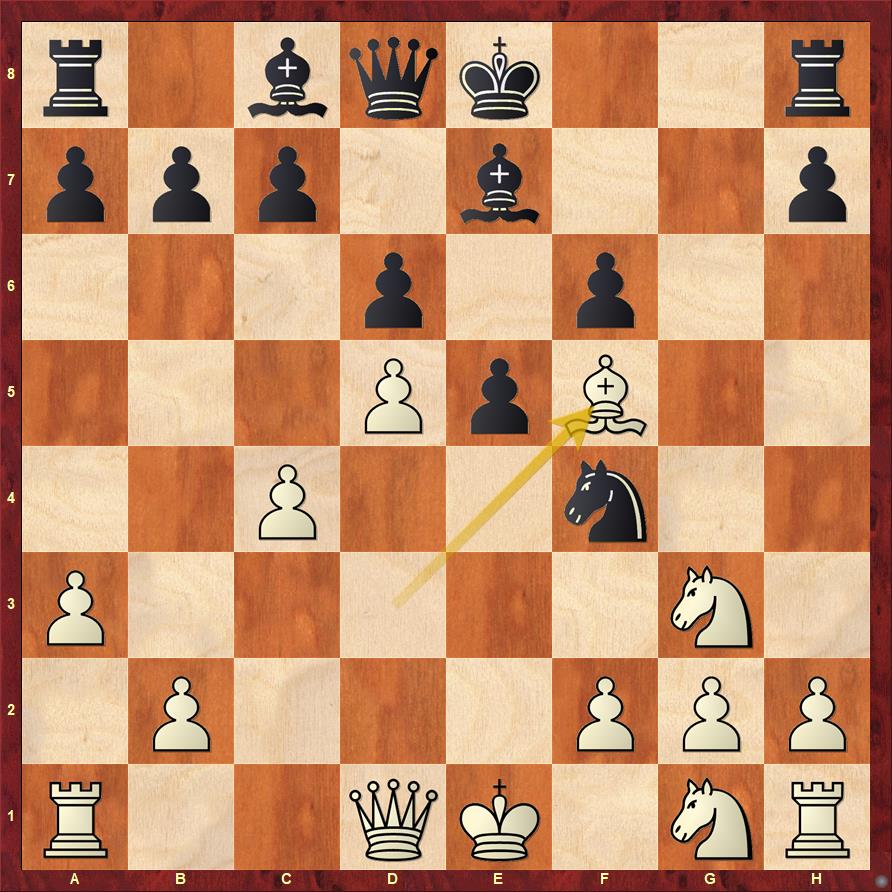

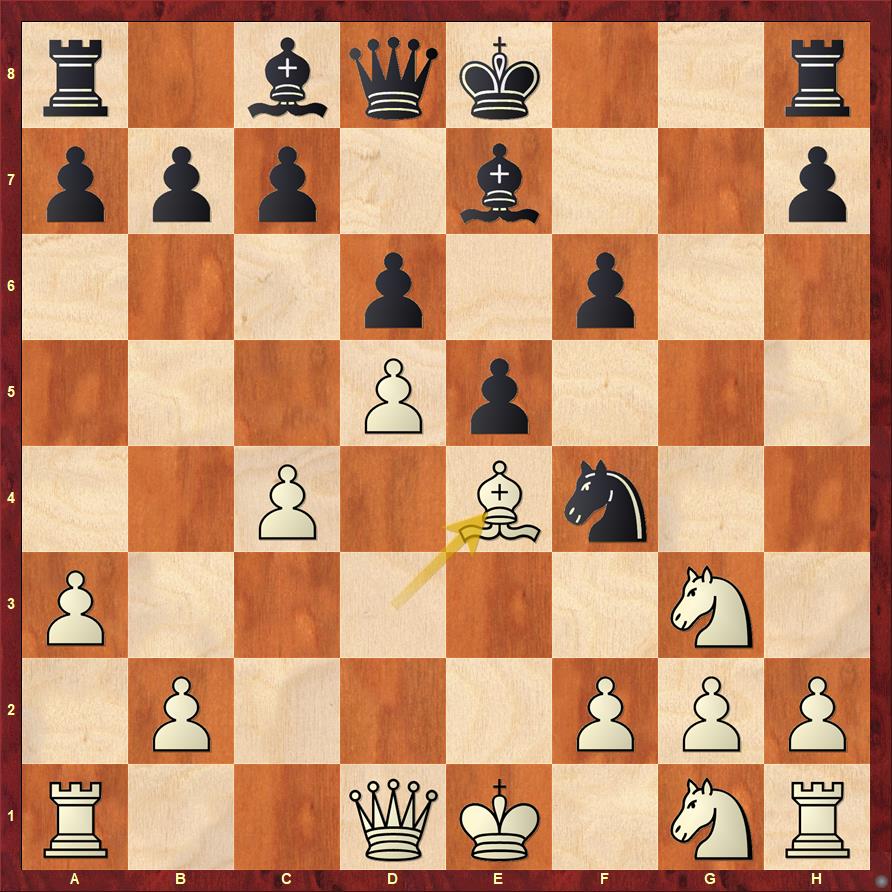
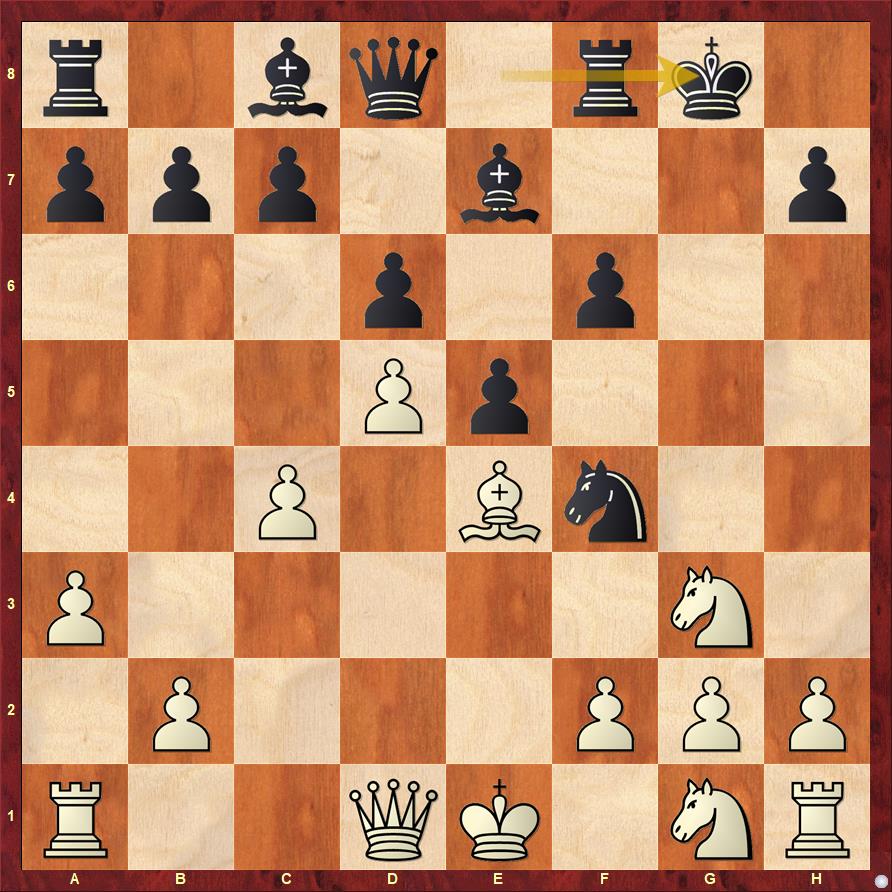
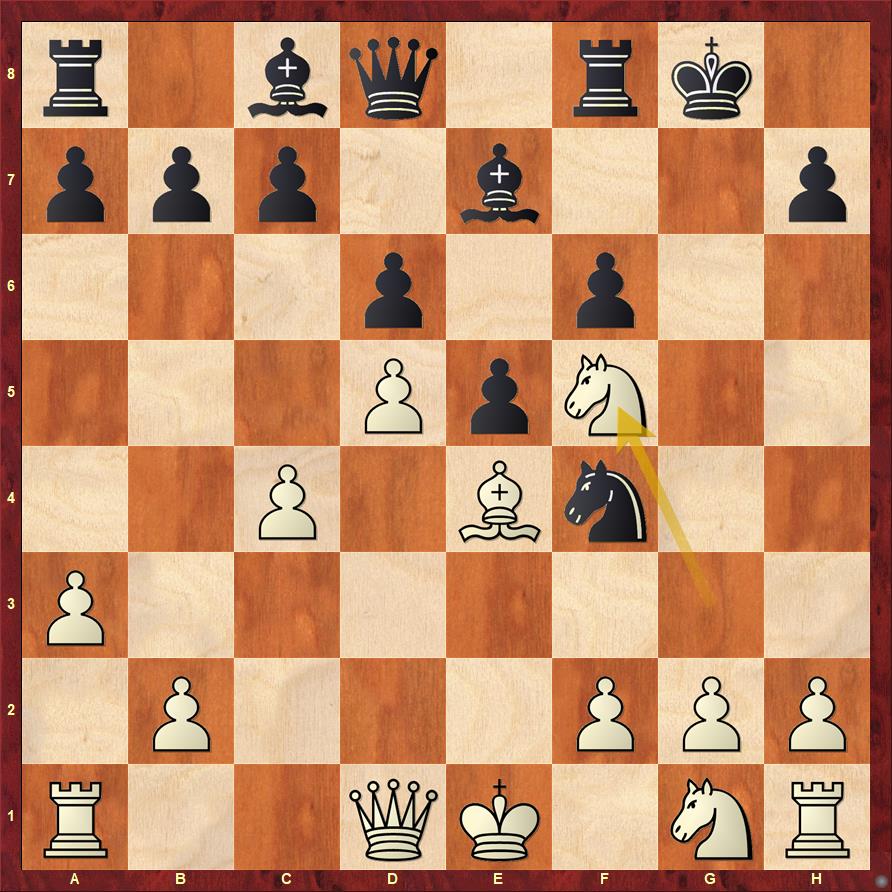
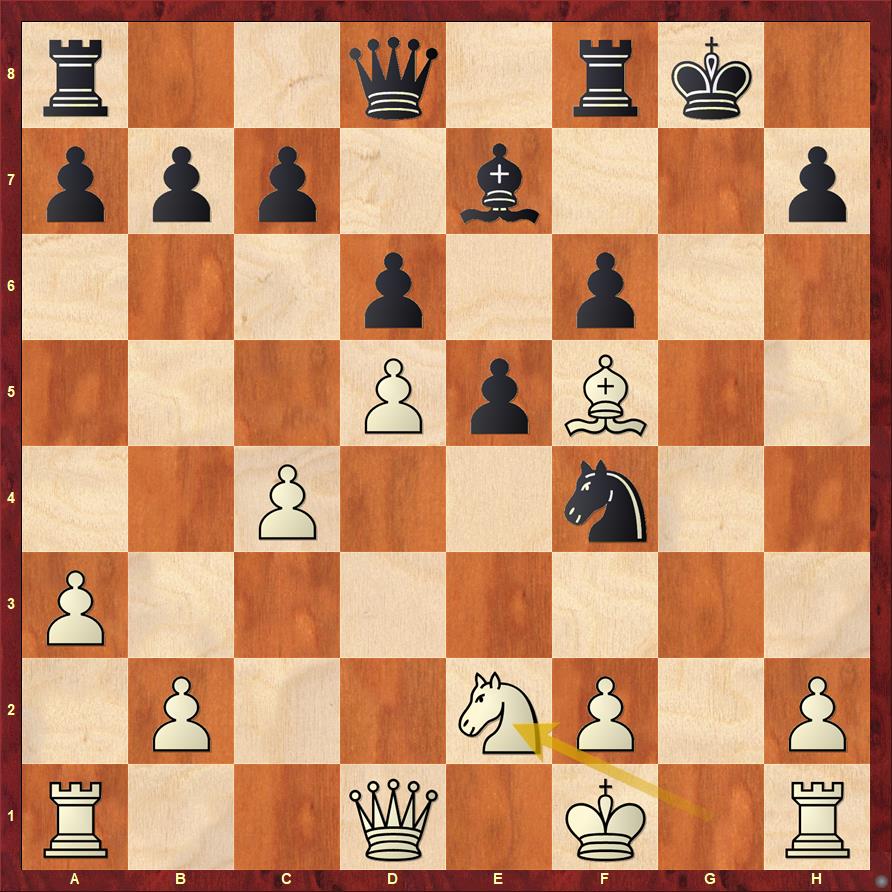
From this experience I learnt one important thing. Yes, these top players go wrong many times. But it is never really a very simple oversight by them. Most of the times they have looked deep and missed something which is not very obvious. We as viewers should always try to look deeper because when these top players sit on the board and play chess, they are giving it their all.




































